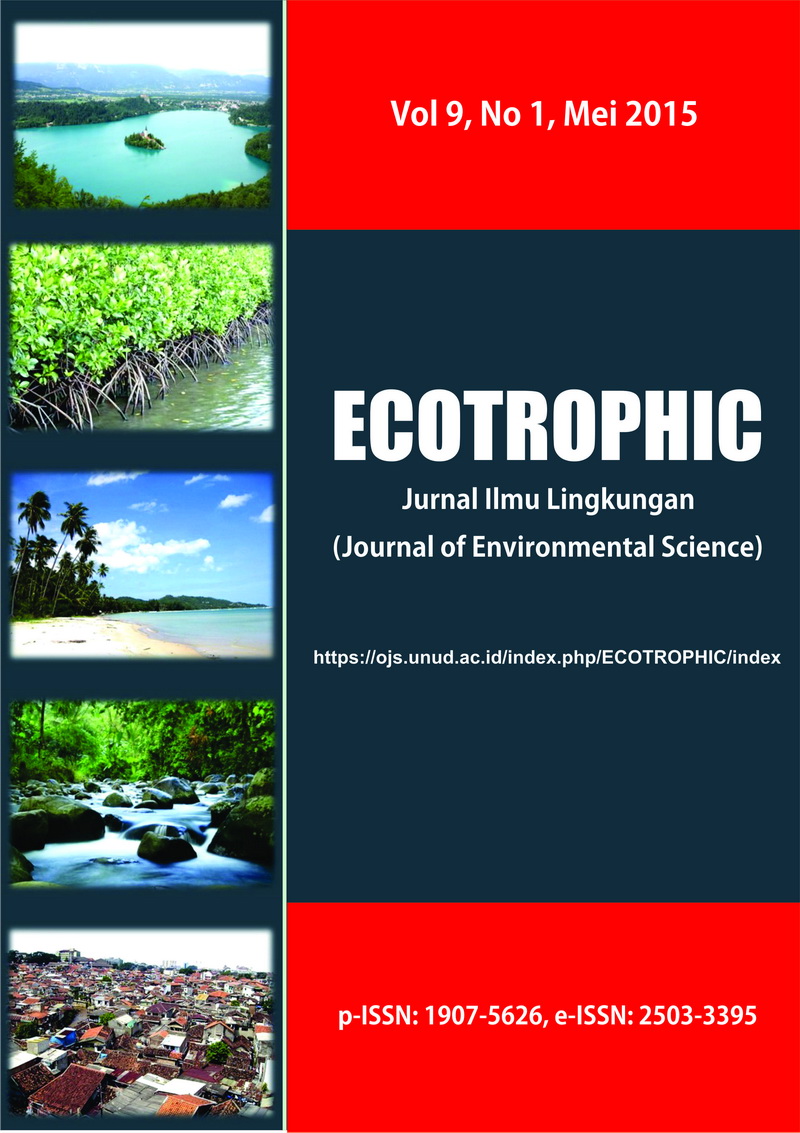ARAHAN PENGGUNAAN LAHAN SUB DAERAH ALIRAN SUNGAI (DAS) TELAGAWAJA PROVINSI BALI
Abstract
Telagawaja Sub-Watershed is upper part watershed of Unda Watershed. As upper watershed, Telagawaja sub watershed has functions as conservation area, water catchment area, and managed in order to keep sub watershed environment not degradated. This research objectives are to identify the characteristics of the land, the function of the area, and the erosion potential rate (TBE), as well as land management recommendations on Telagawaja Sub-Watershed. The identification of land is conducted by analyzing the characteristics of thematic maps in study area. The directives of classification land function is determined by the Minister of Agriculture Number.837/Kpts/Um/ 11/1980 and Number: 683/Kpts/Um/8/1981. The prediction of actual erosion is calculated by USLE formula for the agriculture area, while non-agricultural land use is applied Snyder formula (1980) in Asdak (2010). Erosion class and erosion rate (TBE) are determined based on the Director General of Reforestation and Land Rehabilitation Department of Forestry Number.041/Kpts/V/1998. Determination for the amount of erosion is still can be allowed using the method of Thompson (1957) in Arsyad (2010) which based on soil properties attached to Telagawaja sub watershed. The research shows that Telagawaja Sub-Watershed characteristic is an area which is susceptible to erosion.The analysis shows that the direction of the area function Telagawaja sub-watershed consists of an area of 7337.28 Ha of protection forest (66.01%), and the function of a buffer area 3.778.31 Ha (33.99%). The result of the study on Telagawaja sub-watershed erosion is 2777.07 tonnes ha-1year-1. Erosion class and erosion rate of Telagawaja Sub-Watershed vary from very light to very severe. Erosion class and erosion rate (TBE) with category severe to very severe consist an area of 2.071,97 ha (18,64 %) from total sub-watershed area. Land use planning implemented by applying alternative measures of soil and water conservation can reduce the rate of erosion of 2777.07 tonnes ha-1year-1 to 611.00 tonnes ha-1year-1 or less 2166.07 tonnes ha- 1year-1.


